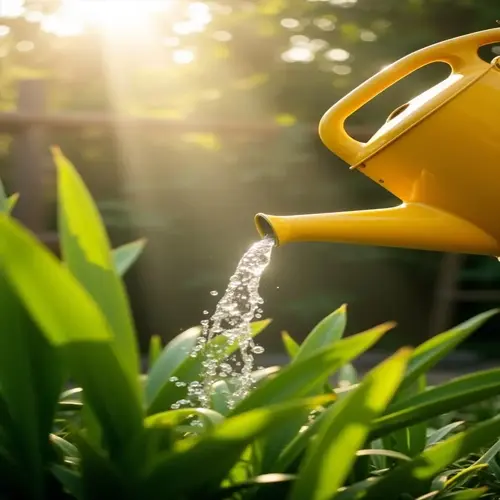Are hydrangeas truly acid-loving plants?

Written by
Olivia Mitchell
Reviewed by
Prof. Samuel Fitzgerald, Ph.D.Hydrangeas thrive as true acid-loving plants with a soil pH between 5.5 and 6.5 to be happy. These plants possess a unique ability to alter their bloom color according to the level of acidity in the soil, making them desirable in the garden. Below pH 5.5, the aluminum becomes available, and the flowers are blue. Above pH 6.5, the flowers are pink, and nutrient uptake becomes limited. This ability to alter their soil pH is a result of their acid-loving nature.
Color Mechanism
- Blue flowers: Aluminum uptake at pH <5.5
- Pink flowers: Aluminum blocked at pH >6.5
- Purple transition occurs between 5.5-6.5 pH
Nutrient Impacts
- Iron absorption peaks at pH 5.5-6.0
- Manganese availability decreases above pH 6.0
- Nitrogen uptake optimal between 5.5-6.2
Regional Adaptation
- Coastal areas: Naturally acidic soils enhance blues
- Alkaline regions: Require sulfur amendments for color control
- Humid zones: Rainfall leaches minerals affecting pH stability
For exact pH control to achieve "the desired bloom color." If you want blue flowers, use aluminum sulfate at 1⁄2 cup per plant in the spring. To achieve pink flowers, maintain a pH level above 6.5 by applying lime as needed. Always test the soil before amending. Use rainwater instead of tap water (then you won't have minerals interfering with your color chemistry).
Bigleaf hydrangeas exhibit the most acid-loving traits. Their roots can uptake aluminum and generate vibrant blue colors at pH levels below 5.8. Unlike panicle hydrangeas, which can tolerate slightly higher pH levels but still prefer acidic conditions, bigleaf hydrangeas' roots will not take up aluminum and produce an intense blue pigment at pH levels exceeding 5.8. All hydrangeas exhibit decreased vigor above a pH of 6.5.
Hydrangeas vary significantly in different regions. This means that it's relatively easy to produce blue flowers in the acidic soils of the Pacific Northwest with minimal effort. In alkaline soils of the Southwest, you're likely to test pH and apply sulfur routinely. In the South, elevated humidity may necessitate pH adjustments or retests, switching from quarterly to monthly testing.
When properly cared for, blueberries can reach their full potential as acid-loving plants. This starts with mulch; if you need to emphasize soil acidity, use pine needles! Use an acid-forming fertilizer such as ammonium sulfate. Avoid fertilizers that contain significant phosphorus, as this can prevent aluminum from being absorbed into the soil. Once the blueberries are planted, prune them appropriately to promote vigorous new growth within the optimal pH range of the soil.
Read the full article: 10 Acid Loving Plants for Your Garden

